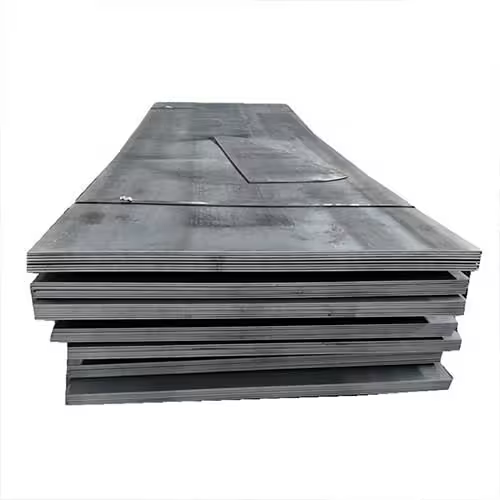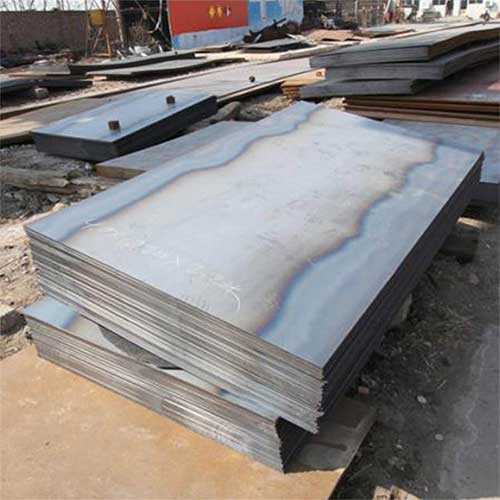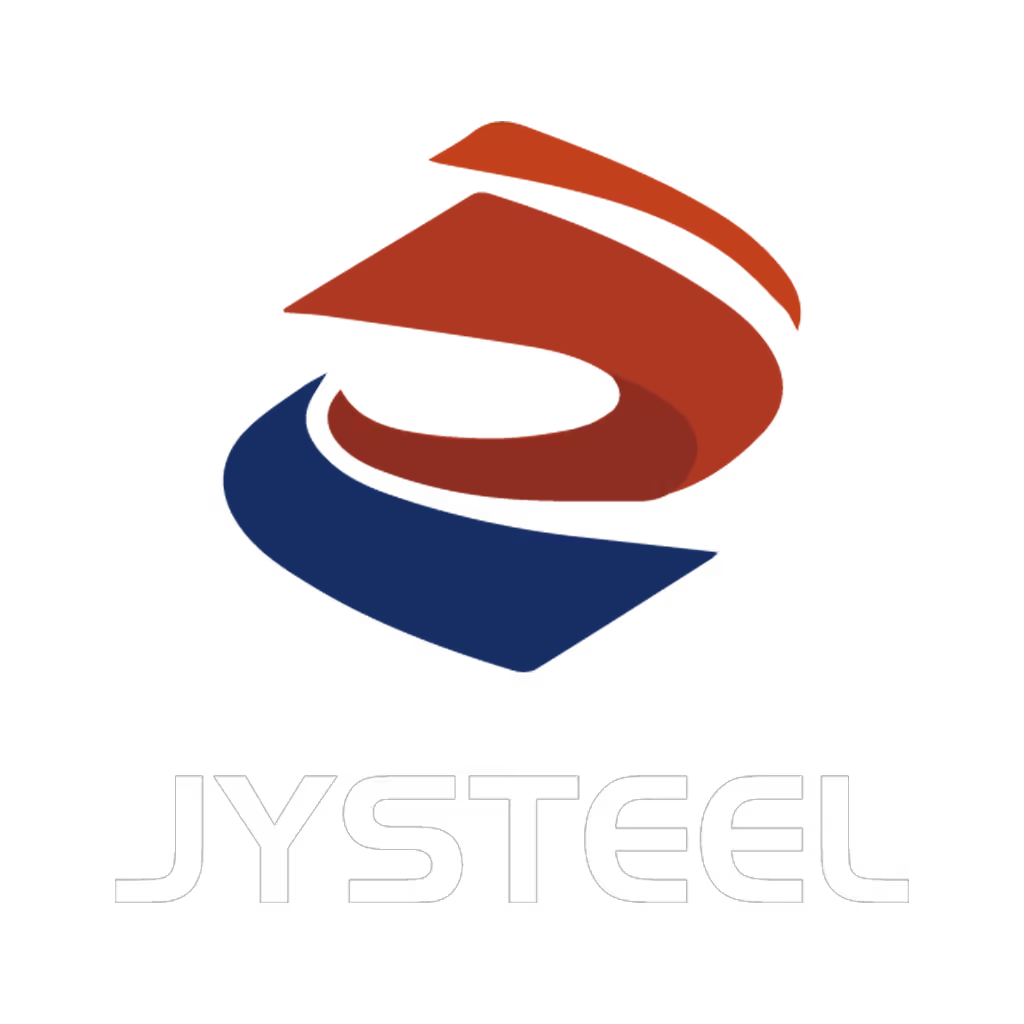Welcome to My Blog!
Before we dive into the content, I’d love for you to join me on my social media platforms where I share more insights, engage with the community, and post updates. Here’s how you can connect with me:
Facebook:https://www.facebook.com/profile.php?id=61565500692293
Now, let’s get started on our journey together. I hope you find the content here insightful, engaging, and valuable.
Table of Contents
Introduction
Tackling demanding engineering or construction jobs? An alloy plate delivers unmatched strength, durability, and adaptability—making it exactly what you need when standard steel just won’t do. Let’s explore why the right alloy plate can take your tough projects to the next level.

What is alloy plate and why it stands out
An alloy plate is steel enriched with elements like chromium, nickel, molybdenum, and vanadium. These additives boost key properties such as tensile strength, impact resistance, corrosion protection, and heat tolerance—all crucial for heavy-duty applications.
According to a materials engineering survey, alloy plates offer tensile strengths up to 50% higher than mild steel, with superior toughness under stress. That’s precisely why environments from heavy machinery to structural frameworks rely on alloy plate.
Core applications where alloy plate excels
Heavy machinery and mining equipment
In loads where abrasion, impact, and shock are routine, alloy plate—especially with high hardness grades—significantly extends component life. Reports from equipment manufacturers reveal wear-part longevity improvement by up to 60% when using specific alloy plate.
Structural steel in industrial facilities
Bridges, offshore platforms, and support frameworks benefit from high-strength, low-alloy plates. These plates achieve required load-bearing capacity with less material, while offering enhanced fatigue resistance and corrosion protection.
Pressure vessels and boilers
In systems operating at high pressure and temperature, corrosion-resistant alloy plates safely contain extreme conditions. Many alloy grades retain yield strength at 600 °C—ideal for boiler walls and reactor housings.
Tooling, molds, and heavy-duty dies
Tool-grade alloy plates resist deformation and retain precision under cyclic loads. Long-lasting machining plates cut tool change time by 30% in industrial forging and stamping shops.
Wear-resistant applications
Mining and aggregate industries commonly use tungsten- or titanium-enhanced alloy plates for chutes, liners, and feeder hoppers. These plates resist abrasive wear and minimize replacement cycles for equipment.
Selecting the right alloy plate grade for your project
Key factors when choosing include:
- Mechanical duty: Select minimum tensile and yield strengths needed
- Environmental exposure: Corrosion and temperature tolerance
- Weldability: Avoid plate grades requiring special treatments if cost is a concern
- Machinability: Balance hardness with ease of fabrication
- Regulatory standards: Confirm compliance with ASME, ISO, or marine certification
Consult datasheets or engineering partners to ensure the alloy plate fits performance, safety, and installation requirements.
Performance comparison: alloy plate vs basic steel plate
| Property | Typical Carbon Steel | Alloy Plate Characteristics |
|---|---|---|
| Tensile strength | 400–500 MPa | 550–800+ MPa—up to 60% stronger |
| Yield strength | 250–350 MPa | 350–550+ MPa—better load capacity |
| Hardness | 150–200 HB | 200–400+ HB—resists wear and abrasion |
| Corrosion resistance | Low | Moderate to high—varies by alloy |
| High-temp performance | Up to 350 °C | Withstands 600 °C+ for many grades |
| Cost | Lower initial | Higher upfront—often lower total cost |
| Life expectancy | 5–10 years typical | Often exceeds 15 years in challenging use |
That performance improvement directly translates to reduced downtime and lower life-cycle costs for tough industrial projects.
Benefits of alloy plate in real-world use
Durability and reduced maintenance
Alloy plate extends maintenance cycles by resisting abrasion and fatigue—keeping assets running longer.
Lightweight strength
Higher strength-to-weight ratio enables lighter structures, reducing foundation and transport costs.
High-temperature reliability
Alloy plate maintains structural integrity under heat—but also offers creep resistance for hot environments.
Corrosion protection
Grades with high chromium or nickel resist rust in wet or chemical-exposed settings, reducing protective coatings.
Fabrication flexibility
Many alloy plates can be cut, bent, and welded easily, making them usable across manufacturing steps.
Predictable lifecycle costs
Although more expensive upfront, alloy plates offer lower life-cycle costs thanks to performance gains and less frequent replacements.
Choosing and sourcing alloy plate smartly

Understand specifications
Clearly define project loads, exposure, and certification requirements to match alloy grades effectively.
Check heat treatment and testing
Look for normalized, quenched, or tempered finishing—and heat-check for grain structure quality.
Inspect mill test certificates
Certificates reveal traceability to melt analysis, mechanical tests, and compliance data.
Work with trusted suppliers
Partner with suppliers who provide full documentation, material support, cutting services, and technical advice.
Plan for logistics
Alloy plates may require special handling, size cuts, and transport support—streamlining these helps save time.
Process tips for handling alloy plate
- Maintain sharp cutting tools—harder plates wear tools faster
- Use pre-heat or post-heat welding procedures for thick or sensitive grades
- Select grinding tools rated for higher hardness
- Monitor distortion during fabrication and allow for stress relief cycles
Case studies: alloy plate in action
- A large-scale mining project switched to chromium-moly alloy liners—result: wear life extended from 4 to 10 weeks
- Bridge construction using high-strength plate allowed smaller cross-sections, saving 12% in steel volume
- Mid-size forging shop adopted tool-grade alloy plates—tool changes dropped by 40% over six months
These illustrate how choosing the right alloy plate positively impacts performance and profitability.
Sustainability and circularity with alloy plate
Alloy steel is highly recyclable—scrap recovery rates exceed 90%, making alloy plate choices eco-friendly. Durable performance also cuts resource waste and rework during construction and maintenance.
Conclusion
When projects demand strength, durability, and efficiency, alloy plate consistently outperforms standard steel. With features like high strength, toughness, corrosion and heat resistance, and cost-effective lifecycles, it’s the reliable backbone of demanding industrial applications.
Excited to discover how alloy plate can reinforce your toughest jobs? Contact Jiuyang today for expert guidance, grade selection, supply chain management, and cutting services—built to last under pressure.
FAQ
Is alloy plate worth the extra investment?
Yes. Upfront cost is higher, but performance gains and life-cycle savings make it cost-effective for heavy-duty use.
How do I pick the right alloy plate grade?
Match project conditions—mechanical loads, environmental exposure, fabrication needs—and review datasheets for compliance.
Is alloy plate weldable like mild steel?
Most low-alloy grades are. High-alloy plates may require pre/post heat, but welding is doable with planning.
Can alloy plate be bent or formed on site?
Yes—many grades respond well to bending if procedures follow specs. Forming larger plates may require shop-side setup.
How long does alloy plate last?
Depending on use, many alloy plates last 10–20 years in harsh service without major failure, significantly outperforming carbon steel.

